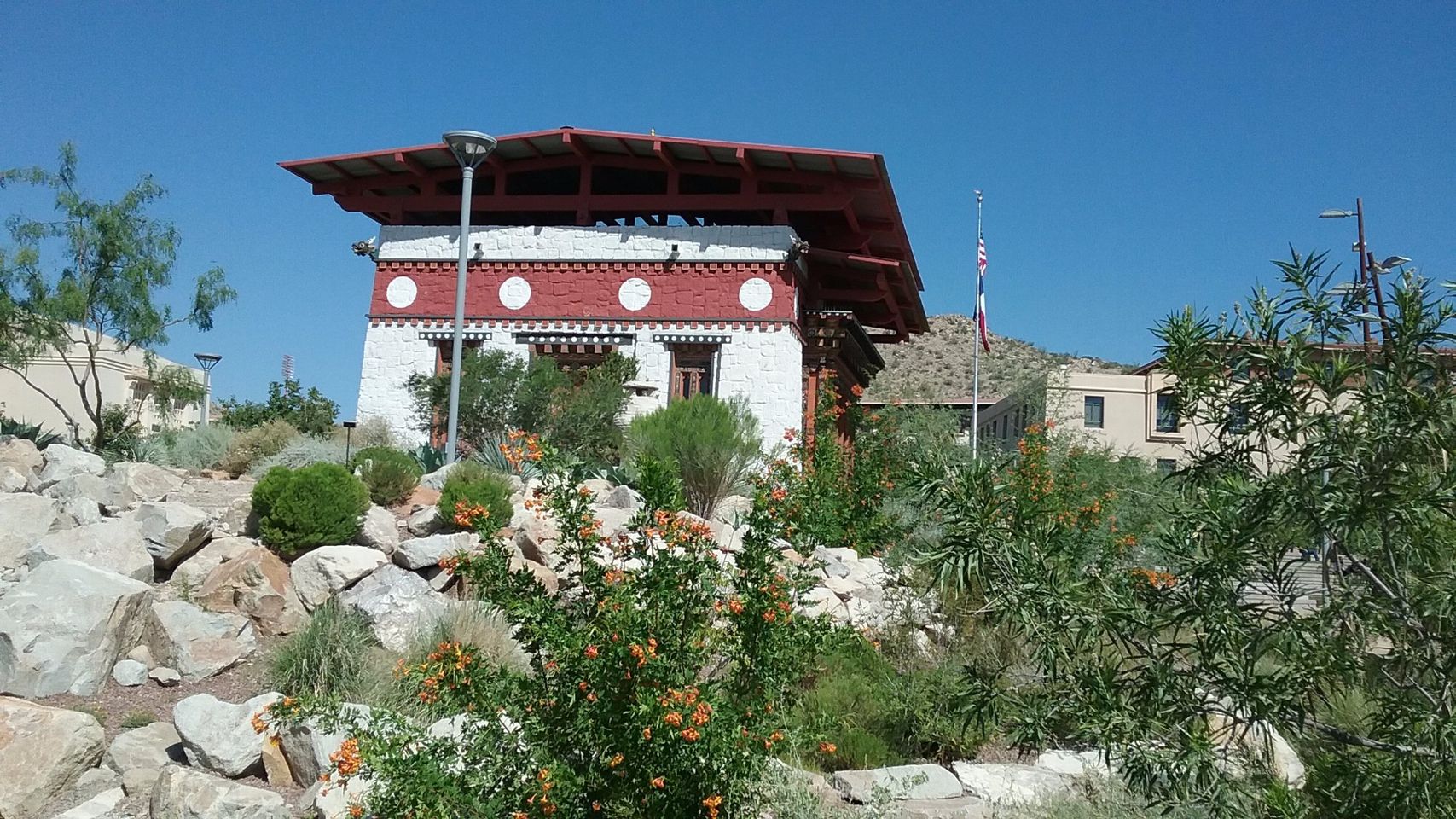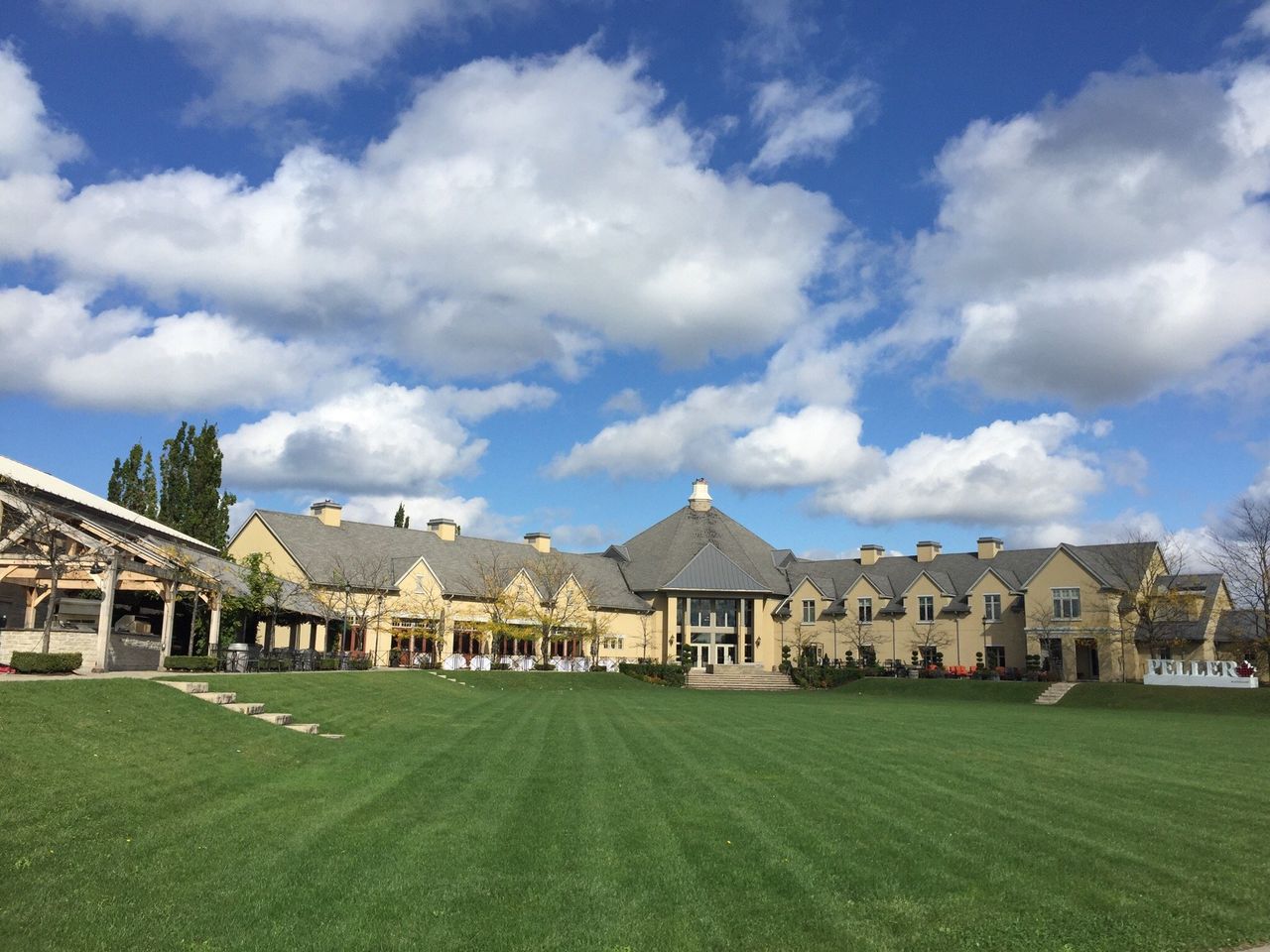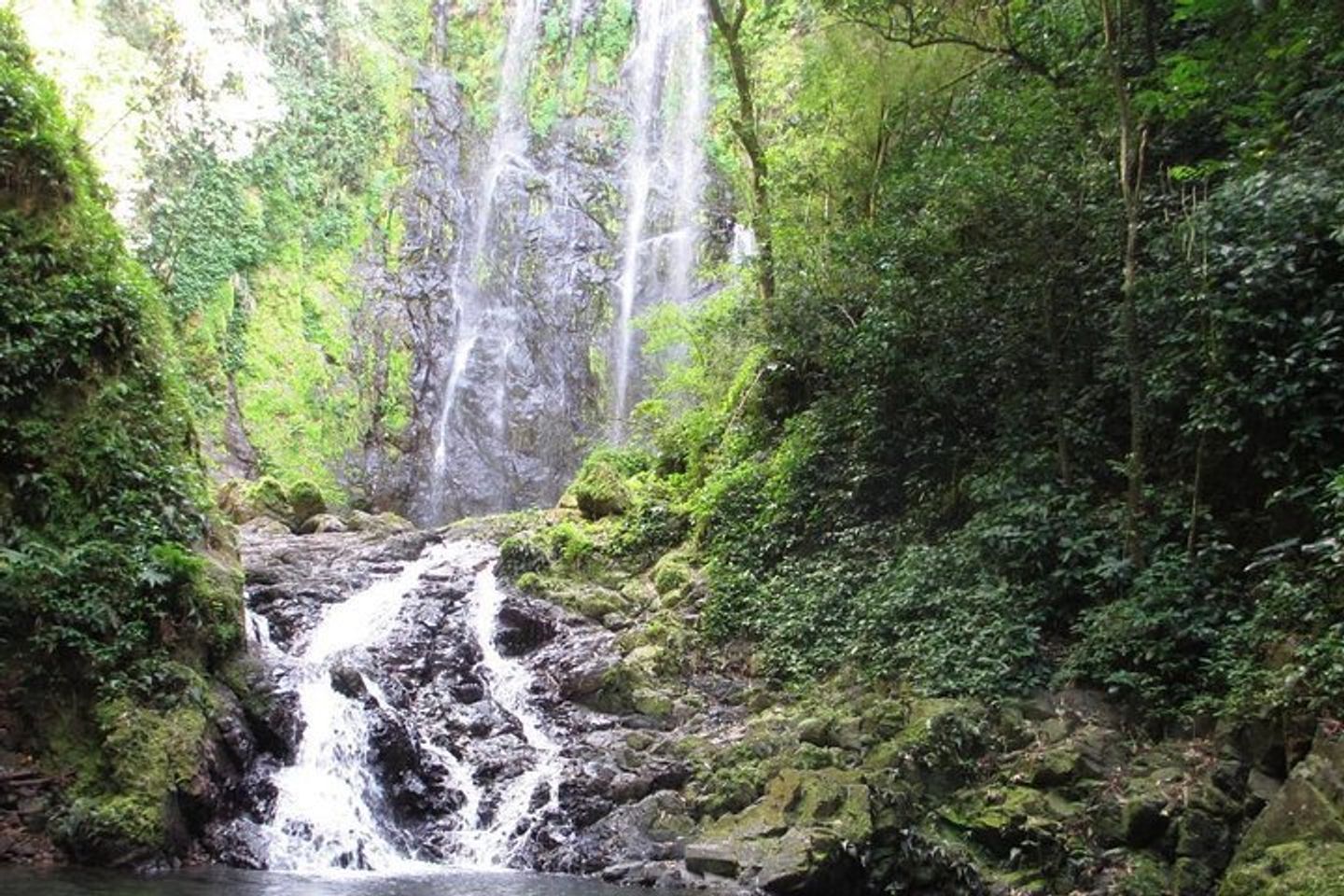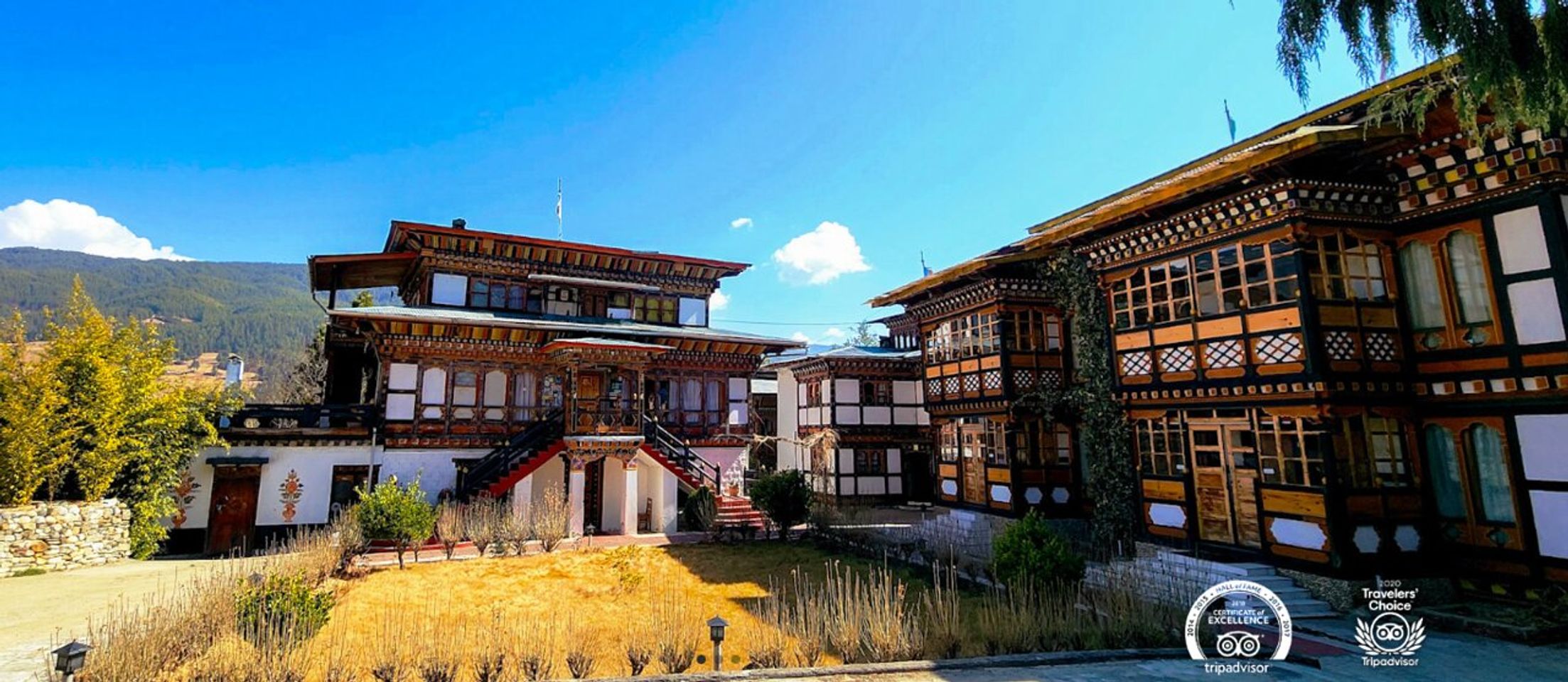Discover Mystical Bhutan: Explore Jakar Dzongs Ancient Treasures!
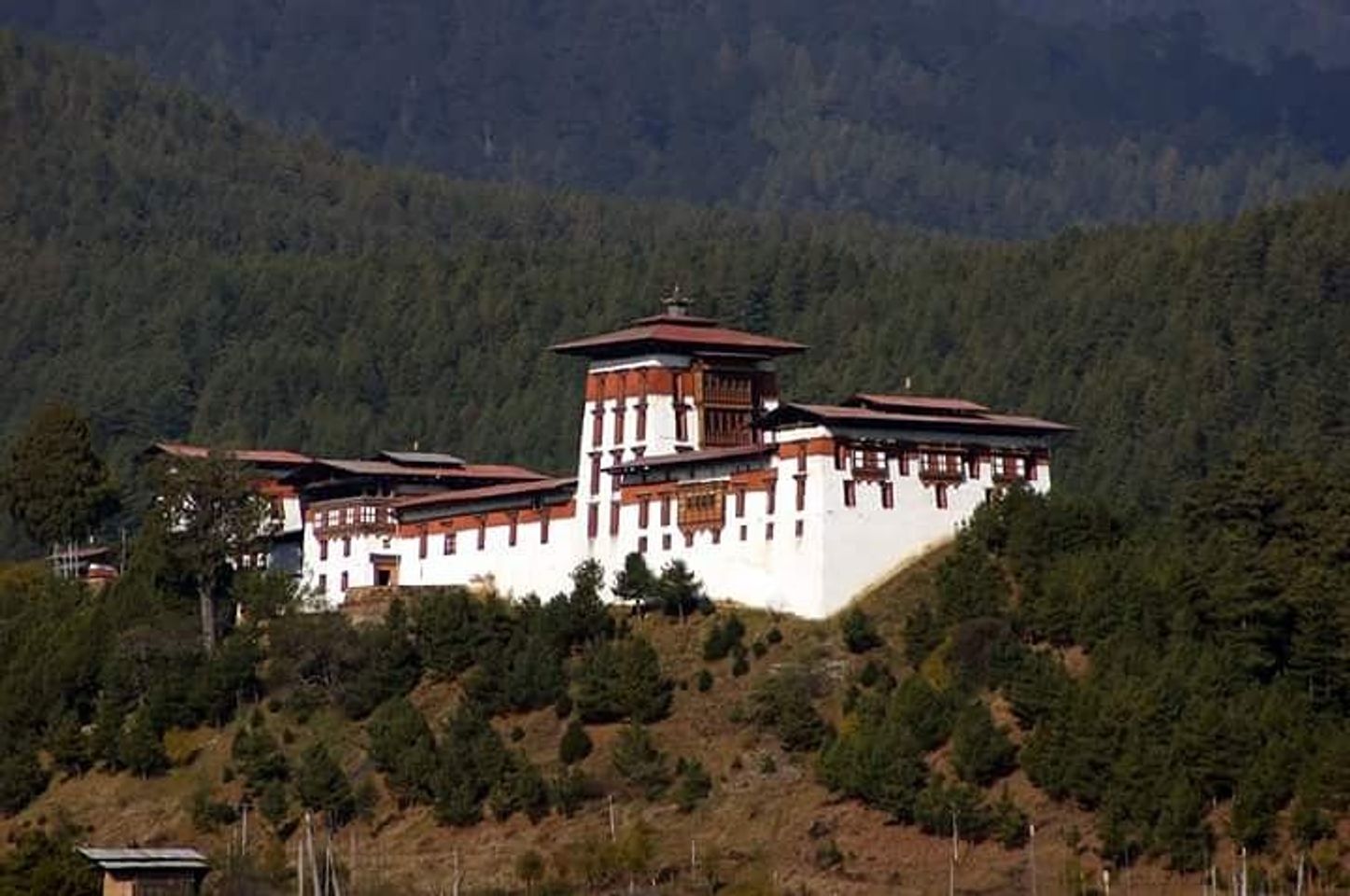
Nestled in the valleys of Jakar, Bhutan, stands the symbolic fortress of the white bird – Jakar Dzong. It is a beautiful and awe-inspiring structure that has been standing tall for centuries and holds great cultural significance. Visiting this fortress is an experience that words can hardly describe, which is why we urge you to add it to your bucket list.
Jakar Dzong was built in the 17th century and has been home to monks, government officials, and the royal family throughout history. Today, it remains a prominent symbol of Bhutanese culture and is one of the most popular tourist destinations in the region. The fortress boasts a stunning blend of Bhutanese and Tibetan architecture, with intricate wooden carvings, impressive wall paintings, and towering white walls.
But there is more to this fortress than just its beauty. Jakar Dzong holds a deep sense of spirituality and serves as a reminder of Bhutan’s rich cultural heritage. As you explore the fortress, you will feel a sense of peacefulness and serenity that is hard to come by in our fast-paced world. So, if you want to experience the beauty, spirituality, and rich culture of Bhutan, a visit to Jakar Dzong is an absolute must. Click here to access the complete city guide for Jakar.
History and architecture
As we step into Jakar Dzong, we are transported back in time to the ancient era of Bhutan. The fortress, also known as the ‘fortress of the white bird,’ is a marvel of architecture and a testimony to Bhutan’s rich history. The Dzong’s towering walls, intricate paintings, and detailed woodwork transport visitors to a world where kings once ruled and warriors defended their land with swords and shields.
As we explore the different sections of the Dzong, we cannot help but feel awed by the intricate details etched into every nook and cranny. The temple inside, with its elaborate decorations and mystical aura, is a prime example of the profound influence of Buddhism on Bhutanese culture and art. Visitors can spend hours admiring the hand-painted Buddhist scriptures and intricate wooden carvings, all of which reflect Bhutanese history and architecture.
In conclusion, Jakar Dzong is a must-visit destination for anyone interested in exploring Bhutan’s rich history and culture. The fortress embodies the essence of Bhutanese architecture and offers visitors a unique opportunity to immerse themselves in the country’s ancient past. As we wander through the winding corridors and marvel at the intricate artwork, we can’t help but feel that we are part of something larger than ourselves, a living museum that delights and engages all who visit.
Religious significance and practices
As we step foot inside the magnificent fortress of the white bird, Jakar Dzong, we can’t help but be in awe of the religious significance and practices that permeate every corner of this breathtaking site. The Dzong is not only an architectural marvel but also a spiritual center, where devotees gather to express their faith and seek blessings from the deities. From the daily rituals to the festive celebrations, every aspect of the Dzong is steeped in Bhutanese culture and tradition.
As we navigate through the maze of prayer wheels and colorful prayer flags, we see devotees deeply engaged in their religious practices, some chanting mantras, while others lighting butter lamps and offering prayers. The air is thick with the scent of incense and the sweet sound of prayers, creating a calming atmosphere that transcends our minds to a place of serenity and reflection. For those seeking a spiritual experience, Jakar Dzong is the perfect destination to immerse themselves in the rich Bhutanese culture and tradition.
In conclusion, Jakar Dzong is not just a tourist attraction but a spiritual haven that exemplifies Bhutan’s strong bond with religion and tradition. To witness the beauty of the Dzong is to witness the beauty of Bhutanese culture, and experiencing the religious practices only adds to its appeal. We encourage all visitors to pay homage to the deities and partake in the religious rituals, not just for a cultural experience, but for an unforgettable spiritual journey.
Local legends and stories
We’ve all heard stories of local legends and myths, tales passed down from generation to generation that captivate our imagination and leave us in awe. When visiting Jakar Dzong, the fortress of the white bird in Jakar, Bhutan, we couldn’t help but feel the magic of the stories that surrounded us. The intricate carvings and detailed paintings told us stories of a time long ago, leaving us feeling as though we were part of the ancient tale ourselves.
As we walked through the halls of the impressive fortress, we couldn’t help but contemplate the stories that had been woven into its very foundation. Tales of heroes and villains, of love and war, all etched into the walls of the ancient citadel. It was as though we were walking through a living, breathing history book, each chapter more compelling than the last.
Though we may never know the true origins of the local legends and stories that captivate us, we can’t help but feel their power. Whether they are true or simply myths, the tales at Jakar Dzong have left a lasting impression on us. They have reminded us of the magic and wonder that can be found when we take the time to explore the world around us.
Conclusion
In conclusion, visiting Jakar Dzong is an experience that we highly encourage all travelers to take. This incredibly rich cultural site is not just an architectural feat but a historical landmark that tells stories of a particular era, people, and kingdom. From the breathtaking mountain views to the intricate design details, every aspect of the fortress is worth exploring.
While we cannot deny the logistical challenges of accessing the site, the effort will prove to be worthwhile in the end. We suggest hiring a knowledgeable local guide who can share fascinating insights and help navigate through the labyrinthine fortress. Whether you are a history buff, an architecture admirer, or simply seeking a sense of adventure, Jakar Dzong has something to offer for everyone.
In a world where cultural heritage sites are quickly disappearing, preserving and appreciating places like Jakar Dzong is more important than ever. As visitors, it is our responsibility to respect the local culture and traditions and practice sustainable tourism. Let us cherish these tangible links to the past and gain a deeper appreciation of the diversity and beauty of our world.

